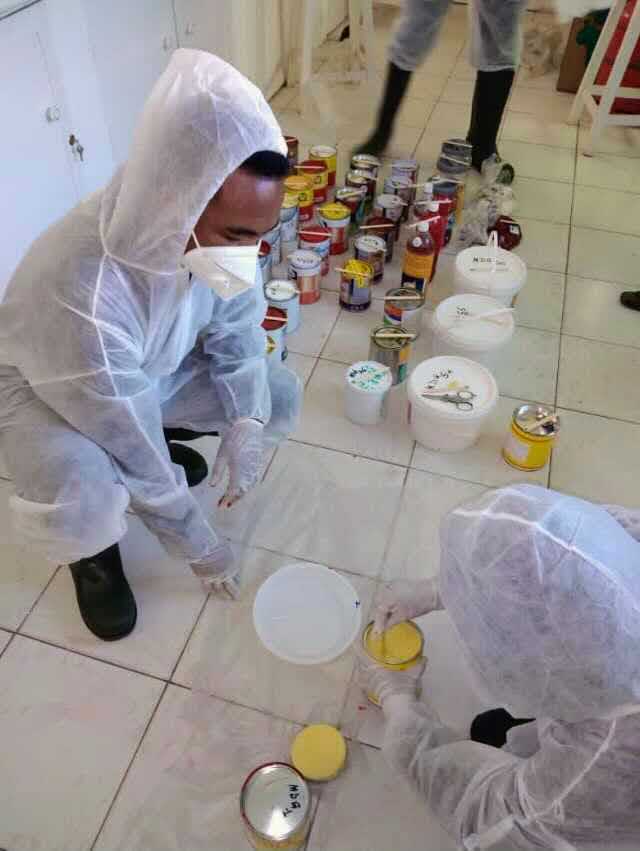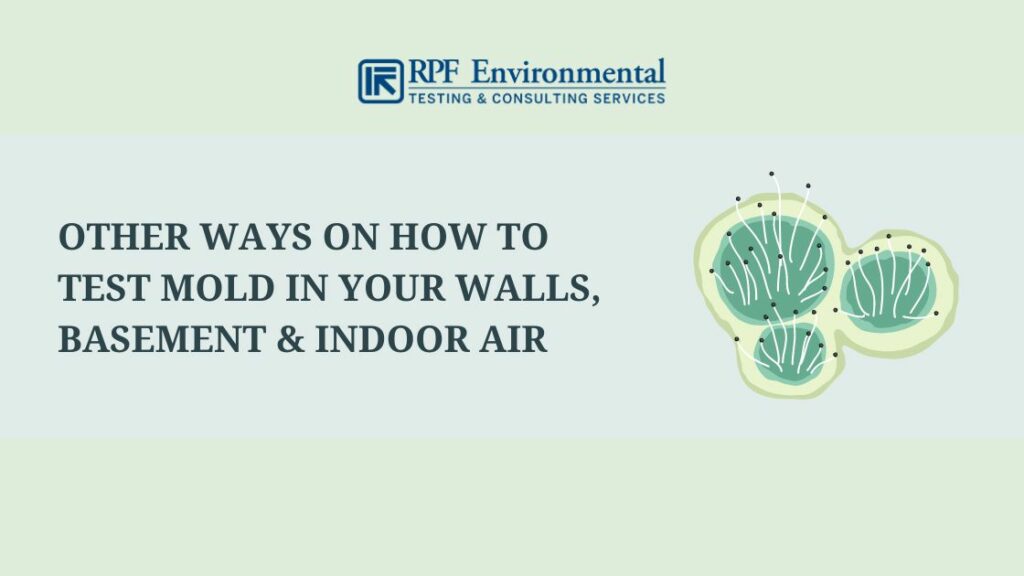How Mycotoxin Testing Aids Stop Contamination and Protect Food Supplies

Mycotoxin testing is an indispensable practice in the food industry, offering as a frontline defense versus contamination by unsafe contaminants produced by mold and mildews. Through the application of innovative strategies like High-Performance Liquid Chromatography (HPLC) and Liquid Chromatography-Mass Spectrometry (LC-MS), food producers can accurately quantify and detect mycotoxin degrees in agricultural items.
Recognizing Mycotoxins
Understanding mycotoxins begins with identifying that they are harmful additional metabolites created by specific molds, which can infect agricultural products. These metabolites are not crucial for the development or reproduction of the fungis yet can have extreme ramifications for human and animal health and wellness. Mycotoxins are typically discovered in staple plants such as corn, wheat, barley, and nuts, where they can multiply under specific conditions of dampness and temperature level.
There are several kinds of mycotoxins, each generated by different fungal varieties. Fusarium types produce fumonisins and trichothecenes, both of which are linked with different severe and chronic health concerns.

Risks of Mycotoxin Contamination
The threats of mycotoxin contamination are multifaceted, posturing significant hazards to both food safety and security and public health. Mycotoxins, hazardous substances generated by certain types of fungi, can pollute a variety of farming products including grains, nuts, seasonings, dried fruits, and coffee. When these toxins infiltrate the food supply, they can lead to serious health problems such as liver damages, kidney failure, and also cancer. Vulnerable populaces, consisting of kids, the elderly, and immunocompromised individuals, are specifically at risk.
Financial impacts are one more significant issue. Infected crops can lead to significant monetary losses for farmers and food manufacturers due to minimized returns and the need for expensive purification measures. In addition, international profession can be significantly impeded as nations enforce stringent mycotoxin laws to safeguard their populaces, leading to turned down deliveries and strained profession relationships.
Ecological aspects such as climate adjustment worsen the risk of mycotoxin contamination. Variations in temperature level and humidity can produce beneficial problems for fungal growth, raising the chance of contamination events. Hence, understanding and reducing these threats are important for guaranteeing the safety and security and integrity of global food materials.
Techniques of Mycotoxin Checking
Accurately determining mycotoxin contamination in farming items is crucial for safeguarding public wellness and keeping food safety and security criteria. Different techniques are utilized to discover and quantify mycotoxins, each offering particular advantages and restrictions.
High-Performance Liquid Chromatography (HPLC) is a widely used method due to its high level of sensitivity and accuracy. It entails dividing mycotoxins from various other compounds in a sample, enabling accurate quantification. Liquid Chromatography-Mass Spectrometry (LC-MS) combines liquid chromatography with mass spectrometry to give in-depth molecular info, making it particularly helpful for identifying numerous mycotoxins at the same time.

Gas Chromatography-Mass Spectrometry (GC-MS) and Thin-Layer Chromatography (TENDER LOVING CARE) are also used, each with special applications. GC-MS works for unstable mycotoxins, while TLC provides a less complex, cost-efficient choice for initial testing.
Benefits of Regular Testing
Regular screening for mycotoxins in farming products provides many advantages, substantially adding to public health and wellness and food safety and security. By determining contamination early, normal screening assists prevent the circulation of hazardous foods, therefore reducing the risk of mycotoxin-related diseases among customers. This proactive method not just safeguards human health and wellness however likewise improves the general quality of browse around here food products.
Different nations and regions have actually established rigid limits for mycotoxin degrees in food and feed. Adhering to these limitations via routine screening guarantees that distributors and manufacturers meet legal requirements, thereby preventing fines and trade barriers.
Furthermore, normal mycotoxin testing can result in considerable financial benefits. Early discovery of contamination permits timely intervention, decreasing prospective losses from extensive contamination. Applying routine testing procedures can likewise decrease recall costs and related liabilities, which can be economically ruining.
In addition, regular testing provides important information that can educate far better agricultural practices and storage conditions. By comprehending patterns of contamination, manufacturers can adopt safety nets, consequently adding and reducing future risks to the sustainability of the food supply chain.
Implementing Testing Protocols
Executing efficient mycotoxin testing procedures is important for ensuring the safety and security and quality of agricultural products. Establishing a robust screening structure entails numerous vital steps, starting with the recognition of prospective contamination factors within the manufacturing and supply chain. This consists of pre-harvest, post-harvest, storage, and circulation phases. Each phase should be inspected to identify where mycotoxin contamination is most likely to happen.
Once essential control points are identified, choosing appropriate testing approaches is necessary. Common methods consist of enzyme-linked immunosorbent assay (ELISA), high-performance liquid chromatography (HPLC), and mass spectrometry (MS) Each approach has its strengths and weak points; hence, choosing the right one depends on the certain mycotoxin being tested, the needed level of sensitivity, and available resources.

Lastly, integrating the testing methods into a thorough food safety and security administration system is suggested. This enhances traceability and allows swift rehabilitative actions when contamination is detected, thereby guarding the stability of the food supply chain.
Final Thought
Mycotoxin testing is crucial in preventing contamination and safeguarding food products by allowing very early detection of harmful toxins generated by mold and mildews in visit agricultural products. Advanced techniques such as HPLC and LC-MS ensure compliance with safety laws and safeguard customers from health threats. Routine testing boosts brand track record, economic stability, and rely on food security by decreasing contamination-related losses and preserving high standards in food production. Applying strenuous testing procedures is thus vital for the sector's total well-being.
Mycotoxin screening is a crucial technique in the food sector, offering as a frontline defense against contamination by hazardous toxins produced by mold and mildews. An incorporated technique including agricultural practices, storage space monitoring, and routine testing can mitigate the threats linked with mycotoxin why not try this out contamination, making sure food security and public health.
The risks of mycotoxin contamination are complex, presenting considerable risks to both food safety and public wellness.Normal screening for mycotoxins in agricultural products supplies countless benefits, considerably adding to public health and wellness and food security.Mycotoxin testing is crucial in stopping contamination and protecting food products by allowing early discovery of unsafe toxic substances produced by mold and mildews in agricultural items.